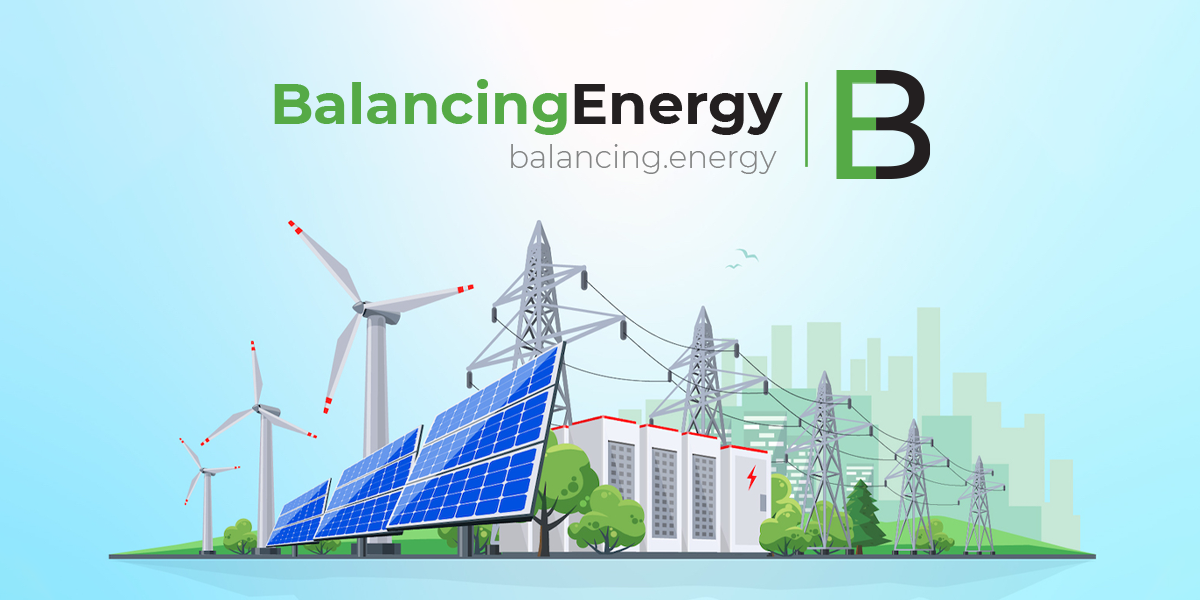Greece’s renewable energy sector has experienced significant expansion in recent years, with total investments in renewable projects, infrastructure, and network upgrades reaching approximately €9.5 billion over the past five years, according to a new analysis by the nonprofit think tank diaNEOsis. However, the sector faces key challenges, including energy oversupply, technical losses, and grid capacity limitations.
One of the most pressing issues is energy curtailment, which occurs when excess renewable energy cannot be stored or integrated into the grid. In 2024, Greece curtailed 860 GWh of renewable electricity due to inadequate storage capacity, accounting for 3.3% of total RES-generated power—more than double the curtailed amount in 2023.
Technical inefficiencies also contribute to losses. The report suggests that a more strategically designed and frequently updated network of substations could mitigate these issues. Additionally, nearly 25% of high-to-medium voltage transformers operated by DEDDIE, Greece’s electricity distribution system operator, are facing capacity constraints. Of the 453 transformers, 29 have reached their thermal limit, 82 have exceeded short-circuit capacity, and five have reached both limits.
Currently, Greece’s installed renewable energy capacity stands at 15 GW, while the national electricity transmission system is designed to handle between 28 and 30 GW. Between 2019 and 2024, RES energy production—excluding hydropower—grew at an average annual rate of 15.6%.
In 2024, renewable energy sources covered 55.3% of electricity demand in Greece’s interconnected network. Total net electricity production exceeded demand by 307 MWh, eliminating the need for imports. In theory, Greece even had a small surplus, equivalent to 0.6% of its electricity needs, which could have been exported.










